Some dogs are eager to please — and then there are the stubborn ones who march to the beat of their own paws. These breeds, while often incredibly smart, have a fierce independent streak that can challenge even seasoned trainers. Whether it’s the dignified Afghan Hound or the clever-but-willful Dachshund, these dogs need extra patience, creativity, and consistency. But don’t be fooled — their resistance isn’t defiance; it’s often a sign of strong intelligence and personality. With the right approach, these headstrong pups can still thrive in a loving home. Just be ready for a few “you’re not the boss of me” moments along the way!
Bulldog: The Lovable Couch Potato with a Will of Steel
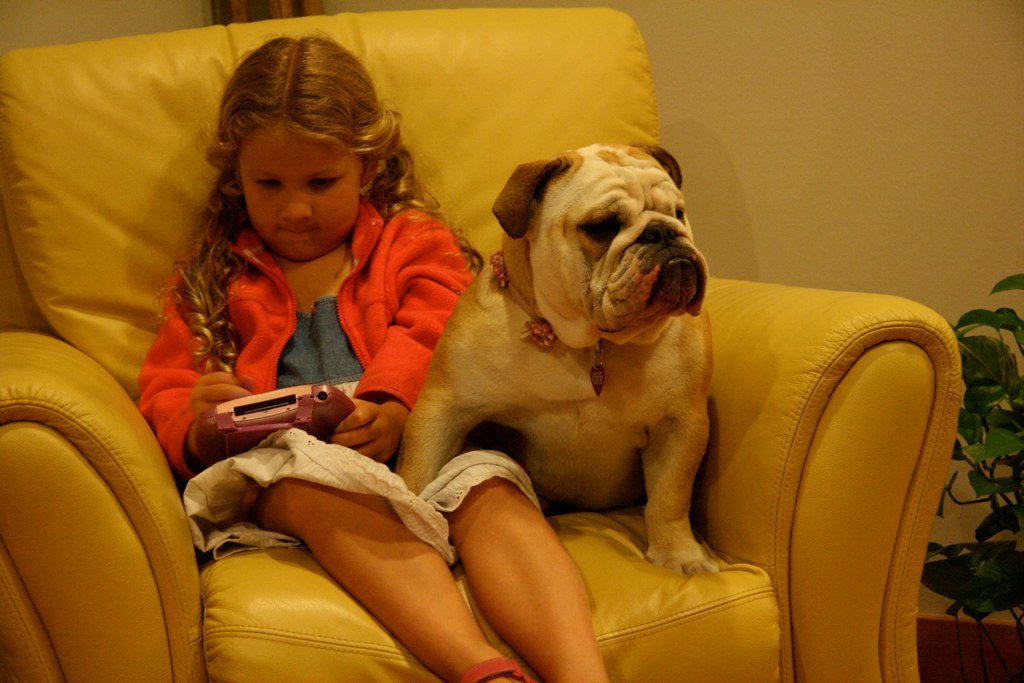
Bulldogs are famous for their wrinkled faces and snuggly nature, but don’t let those sleepy eyes fool you. Underneath that mellow exterior is a dog who knows exactly what he wants—and he isn’t afraid to dig in his heels. Bulldogs often decide when and how they’ll do something, and no amount of pleading will move them if they’re not in the mood.
Training a Bulldog can feel like bargaining with a toddler. You might repeat a command a dozen times, only to be met with a big yawn and a slow blink. But don’t mistake their stubbornness for stupidity. Bulldogs are quick to learn, but they want to do things on their own terms. Patience, humor, and plenty of treats are the secret weapons here.
Afghan Hound: Beauty with an Independent Mind
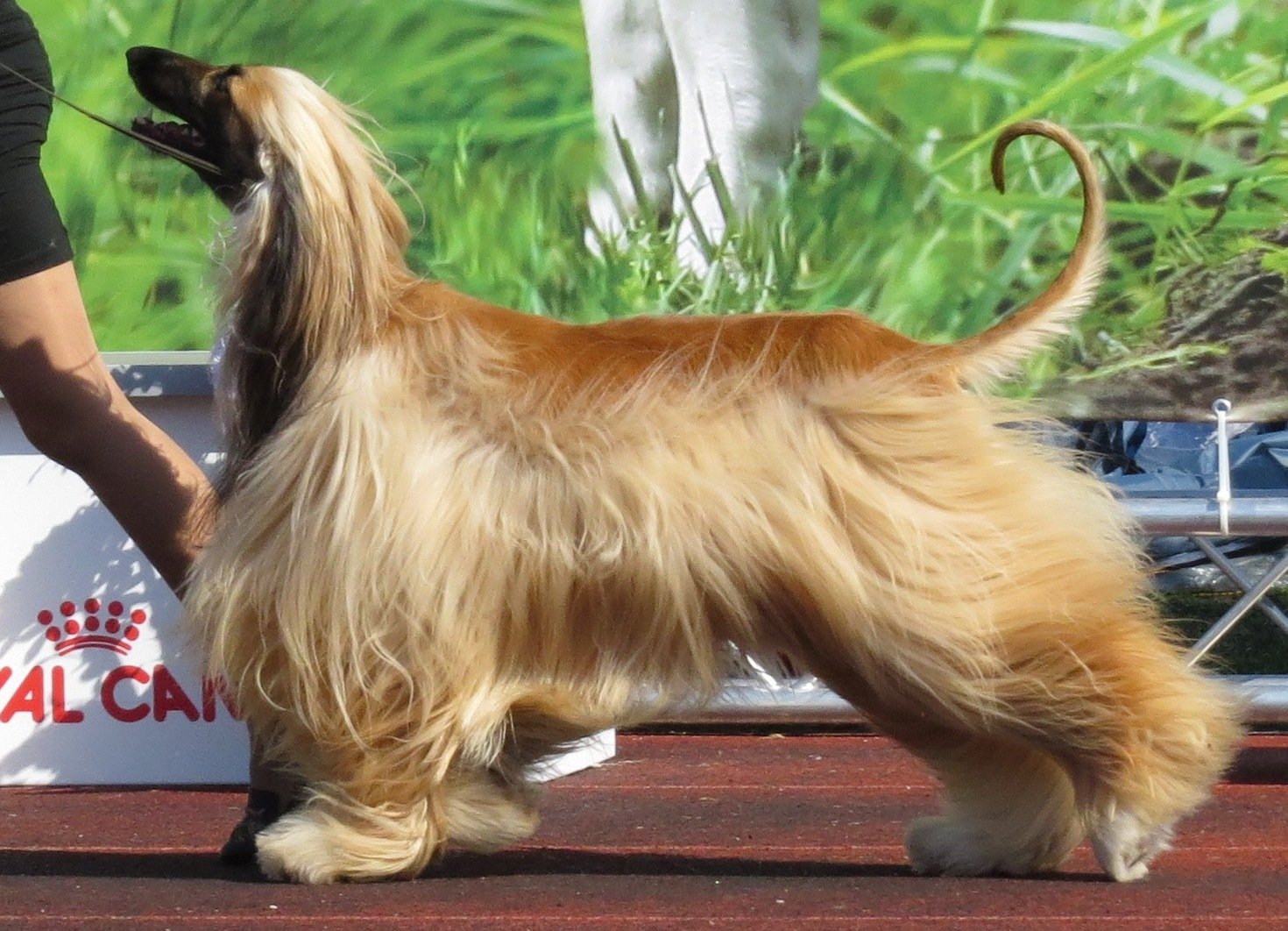
With their flowing coats and elegant stride, Afghan Hounds look like royalty—and they certainly act the part. This breed is legendary for its independence. Afghans have a mind of their own and are often described as “aloof.” They don’t always see the point of following commands just because you said so.
Training an Afghan Hound requires creativity and a sense of humor. You need to be consistent, but also flexible. If you try to force them, they’ll simply walk away, their silky tail swaying in the breeze. Yet, those who win an Afghan’s trust are rewarded with moments of surprising affection and a quiet, dignified companionship.
Basenji: The Barkless Rebel

Known as the “barkless dog,” the Basenji makes up for its quiet voice with a loud personality. This ancient African breed is clever and curious, but rarely eager to please. Basenjis are notorious escape artists, always on the lookout for an open door or fence to slip through.
What makes Basenjis especially challenging is their cat-like independence. They think for themselves, and often decide that their agenda is more exciting than yours. Training requires inventiveness and a gentle touch. Scolding rarely works—Basenjis may simply cock their head at you, as if questioning your logic.
Shiba Inu: The Foxy Free Spirit

Shiba Inus look like tiny foxes, and they share the same sly, independent demeanor. Originally bred for hunting in Japan, these dogs are bright and confident, but also very stubborn. They’re known for the “Shiba scream”—a dramatic, high-pitched yell they unleash when unhappy.
Shibas like to do things their way. Recall can be a particular challenge: many owners joke that Shibas come when they feel like it, not when called. Training a Shiba requires patience, plenty of positive reinforcement, and a willingness to laugh at their antics. They’re fiercely loyal, but only on their own terms.
Chow Chow: The Dignified Lone Wolf

Chow Chows are the teddy bears of the dog world, with their plush fur and blue-black tongues. But beneath that cuddly exterior is a dog with a mind as stubborn as a mule. Chows are famously aloof, often bonding with just one or two people and ignoring the rest.
They respond poorly to harsh correction, and can shut down if pushed too hard. Instead, a gentle, respectful approach works best. Chows want to be treated as equals, not subordinates. Their loyalty is deep, but you have to earn it through mutual trust and understanding.
Jack Russell Terrier: The Mighty Little Dynamo
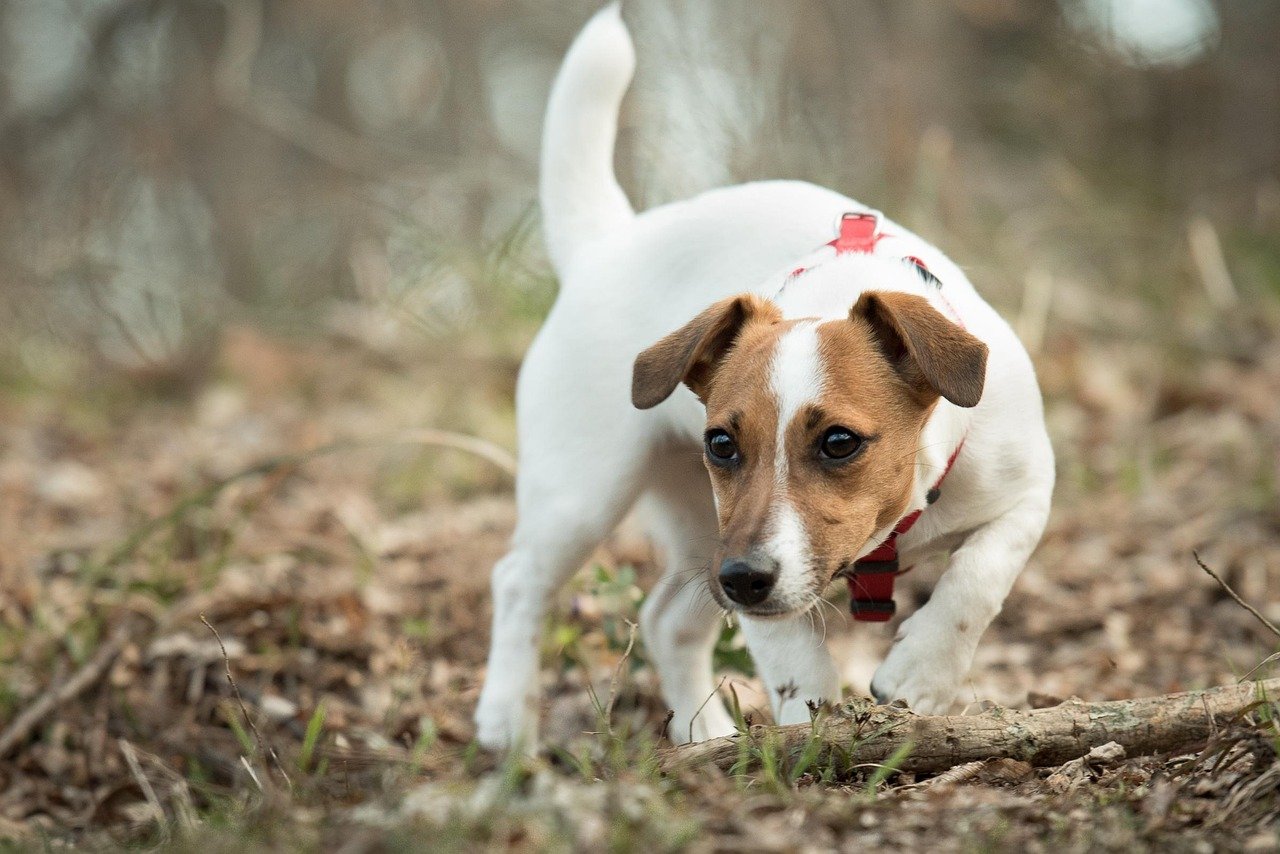
Don’t let the small size fool you—Jack Russell Terriers are packed with energy, intelligence, and a stubborn streak a mile wide. Originally bred to hunt foxes, they’re relentless in pursuit of what they want, whether it’s a toy, a treat, or a forbidden corner of the yard.
Training a Jack Russell takes creativity and stamina. They quickly get bored with repetition, and will sometimes refuse to perform if they don’t see the point. Owners need to keep things lively and fun, mixing up routines and offering lots of praise. When given a job to do, Jack Russells thrive—but only if they agree it’s worth their time.
Dachshund: The Determined Digger
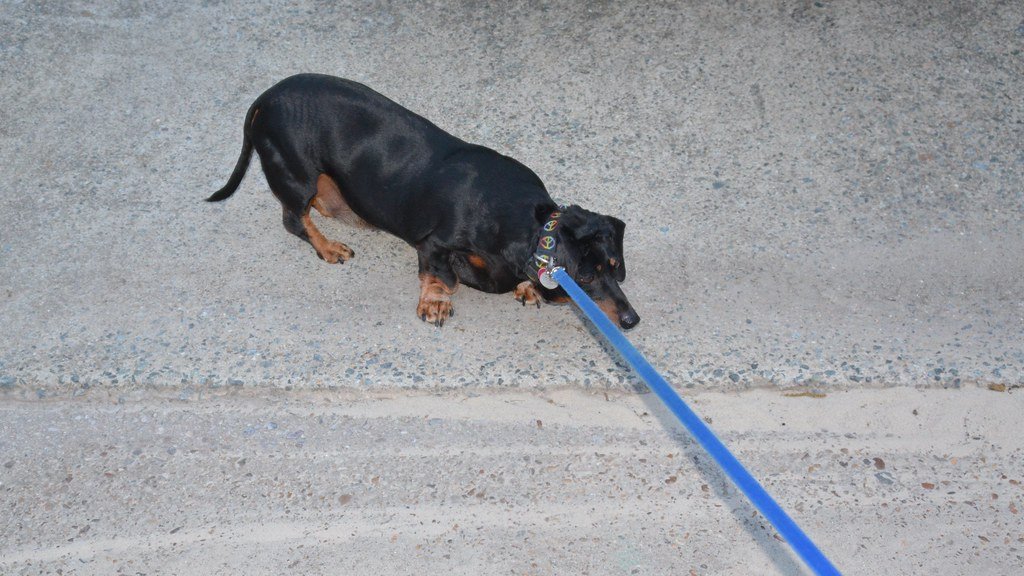
Dachshunds, with their long bodies and big personalities, are stubbornness personified. Bred to dig into badger dens, they’re fearless and headstrong—traits that can make training a real adventure. Dachshunds love to do things their way and are quick to ignore commands they find boring.
If you want your Dachshund to listen, you’ll need patience and a sense of humor. They respond best to positive reinforcement—and tasty rewards. Many owners find themselves negotiating with their “sausage dog” daily, with mixed results. But for all their stubbornness, Dachshunds are affectionate and fiercely loyal.
Siberian Husky: The Mischievous Escape Artist
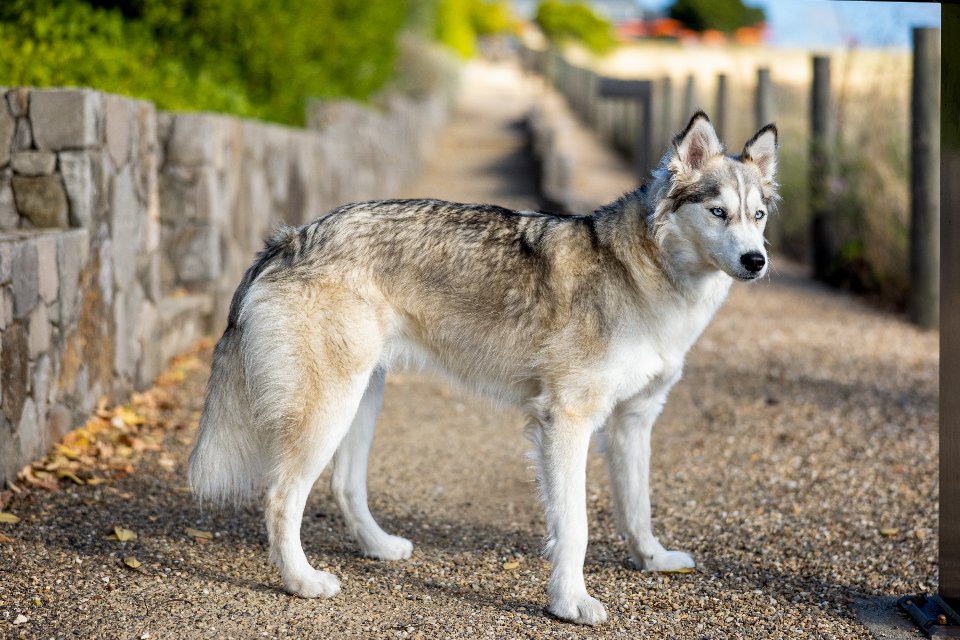
Siberian Huskies are famous for their stunning looks and boundless energy, but also for their independent, stubborn nature. Bred to pull sleds across frozen tundra, these dogs are used to working in teams—but not necessarily taking orders from humans.
Huskies are clever, resourceful, and always looking for fun. They’re notorious for escaping fences and inventing their own games. Training a Husky requires patience and creativity. They love social interaction, but will quickly lose interest if things get dull. A bored Husky is a mischievous Husky, so keeping them busy is key.
Beagle: The Nose Knows Best
Beagles are sweet and friendly, but they’re also driven by their powerful noses. Once a Beagle catches a scent, it’s almost impossible to get their attention back. This single-mindedness can be mistaken for stubbornness, and it often frustrates even the most patient trainers.
Training a Beagle means working with—not against—their instincts. Food rewards are especially effective, but you’ll need to stay one step ahead. Beagles are clever and will happily outwit their humans if given the chance. Despite the challenges, their affectionate nature and soulful eyes win hearts everywhere.
Scottish Terrier: The Independent Thinker

Scottish Terriers, or “Scotties,” are small in stature but huge in personality. These dogs are known for their determination and self-confidence. Bred to hunt vermin, they’re used to making decisions independently, and that trait carries over to their interactions with people.
Scotties may appear stubborn during training, often pausing to consider commands before deciding whether to comply. They respond best to firm, consistent guidance—never harshness. Their loyalty is fierce, but they expect respect in return. Living with a Scottie means embracing their quirks and celebrating their unique charm.
While these stubborn breeds might test your patience, they also bring loads of personality and charm to the table. With consistency, positive reinforcement, and a little humor, even the most headstrong pup can learn to cooperate. It’s all about understanding their unique mindset and building trust. In the end, the journey may be bumpy—but the bond you’ll build is totally worth it.

Born and bred in South Africa, a Capetonian at heart. Amy-Leigh’s love for nature and animals was inherited from her Dad. He loves taking the family on road trips to experience nature at its finest; Amy-Leigh’s favourite being whale watching in Hermanus and spotting Kudu along the West Coast. Amy-Leigh holds a BA in English Literature and Communication Studies.






